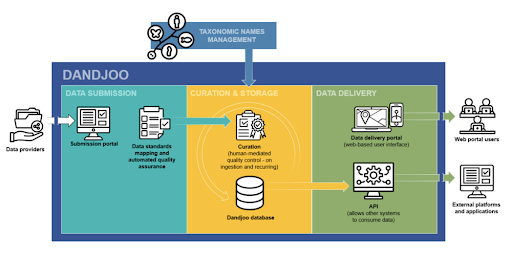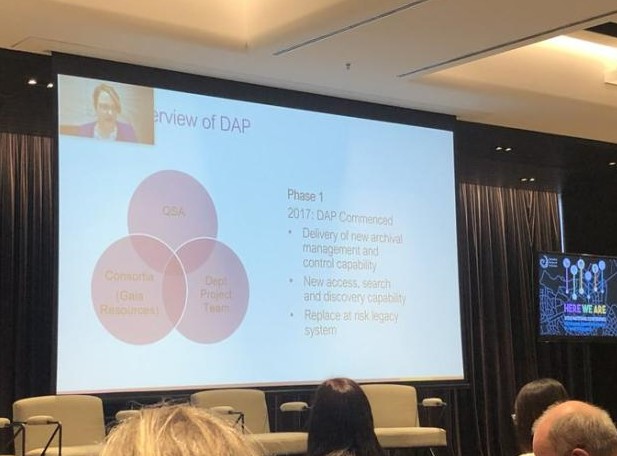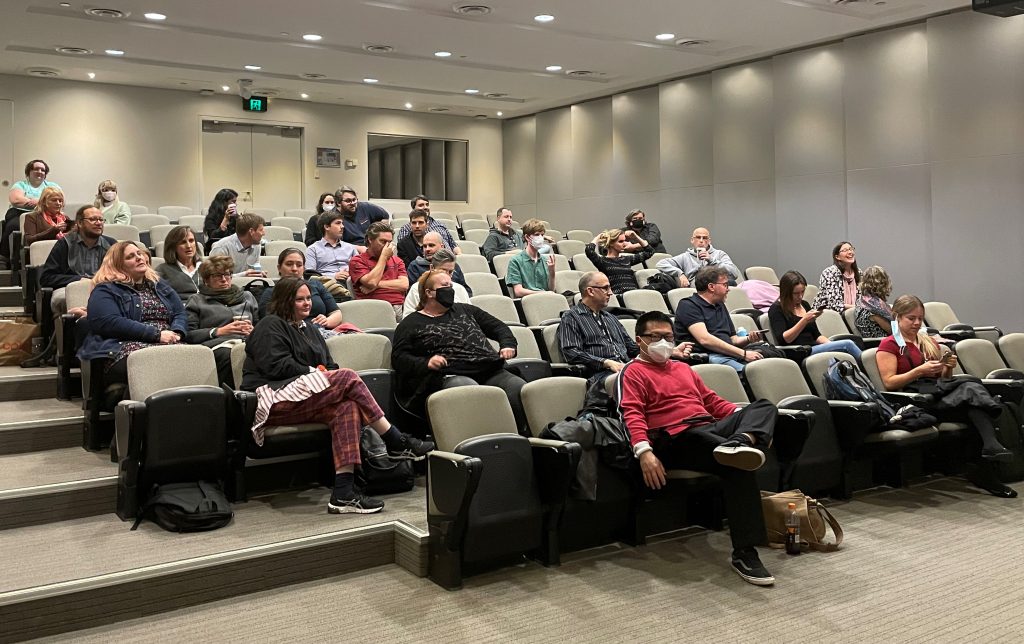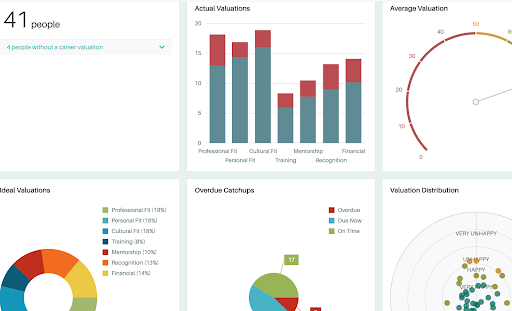2022 is about to come to an end and so it’s customary for us to do an end of the year review blog (or, if the run to the finish is too hectic, a “welcome back” blog in the new year). During this year, we’ve made a lot of positive, deliberate changes around the company in order to set us up for the next ten years of operation, so maybe it’s a good time to reflect on that, and how we’re travelling there as we move into 2023.
We really spent the first half of the year trying to learn and plan for the second half of the year – culminating in our first face-to-face team workshop (“team week”) since COVID changed the way we work forever.
Team week was – at least in my eyes – a great success. Having our team together was a real morale booster for us all, despite the COVID hangover that hit us afterwards. It also gave me the chance to test out the goals and approaches for the next year with the team and to get some really vital feedback from the team about how we were travelling – this has to have been, without doubt, the highlight of the year for me.
People are the key consideration here at Gaia Resources, and we started by expanding our executive team with the arrival of Gaye as our Chief People Officer. Having Gaye join us to help recalibrate the company towards that people-centric goal has been an important part of our evolution and a huge part of this year. Gaye’s been instrumental in gathering a huge range of really valuable feedback at the team week, developed new recruitment processes and set up our Cultural Champions cohort, which has already seen some great improvements to our culture and for people’s wellbeing.
Meanwhile, we’ve also been changing up the company to create Functional Leads – people who lead a guild of people that perform similar jobs (e.g. the software engineers, or the business analysts). While Gaye’s been also helping there, the leads themselves have also been developing their own ways and methods to support their guild. In both the Functional Lead and Cultural Champion cases, we’ve continued to work with Yentle as our partner to help grow our people into these roles.
The third leg of the stool are our Work Leads, and this is still a work in progress, but Andrew and the Project Managers have been working with Giles from Cantor and Ball to restructure our working arrangements to deliver better outcomes for our clients and for our teams. As we’ve grown into a company of over 40 people, this has become one of our bugbears, and the systems that we created when we were 15 people don’t quite cut it anymore – so there’s a lot of evaluation and renewal happening in this area.
This three-legged stool metaphor is something we took from our coaching and work with the team at Adapt by Design, and it seems to work well for us. The systems that Adapt by Design provide, in particular, are great ways to measure and monitor some of the more intangible things around the company, like the satisfaction of the team in the way we’re working.
In amongst all this “internal” stuff we were doing, we still had work to do and projects to deliver. In this year, we’ve delivered two of the largest, and most impactful, biodiversity data management projects in our history – the Biodiversity Information Office’s (BIO) Dandjoo system in Western Australia, and we’ve also been working with the federal Department of Climate Change, Energy, Environment and Water on the national Biodiversity Data Repository (BDR).
Both of these projects have made significant contributions to the way that biodiversity data is managed, and this is one of the key reasons that Gaia Resources exists – to make a positive change in these sorts of areas. For BIO in particular, which was launched in July, 2022, the way in which data is collected – keeping every field that has been captured by the submitter, not throwing a bunch away to match a standard – is a key improvement in the way we manage biodiversity data. This is a pretty big one for me personally (as you can probably tell from the blog I wrote earlier this year) and I think it represents a foundational change in how we will manage data into the future – as well as future-proofing it, as we’re doing with a range of technologies in the BDR project.

Dandjoo is made up of multiple systems – Data Submission, Curation and Storage, and Delivery, as well as Nomos, the Taxonomic Names Management system we’ve developed for BIO
There is another side of our business, though – the area we call “Collections”, which represents a big chunk of the Galleries, Libraries, Archives and Museums (GLAM) sector. The link to our environmental core is the Museums sector – specifically for us, Museums and Herbaria – and that is where we first started helping these taxonomic regulators manage their data and databases. There are also other links – like how we could archive spatial data – as well. Once we were managing biological collections, the same tools could be used in the rest of the sector, and we now operate archival systems with State level Archives in Western Australia, Queensland and Victoria, and have worked with the Tasmanian and South Australian Archives as well.
This archival work this year has had a major focus on Digital Preservation – making sure that the digital files that are delivered to the archives can be opened again and again into the future (which is no small feat considering how fast digital formats change). Over this year we have been working on a Digital Preservation extension to our work with the Queensland State Archives, with our colleagues at Hudson Molonglo, Recordkeeping Innovation and Artefactual. Digital Preservation is really an area where we want to bring something back to the environmental sector – thinking about how we preserve digital environment data for the future is something we’ve done a lot of work on this year, as well.

Josephine Marsh presenting (virtually) on our work for the Queensland State Archives at the national Archives Conference earlier this year
With all that, it’s been a very big year. There are a range of other project highlights that come to mind as I write this, such as;
- Continuing to support our partners at Liquid Interactive in the deliver of the My Aged Care web site,
- A whole raft of interesting things we’ve been doing with Artificial Intelligence in the archival and environmental sectors, such as capturing biodiversity data from handwritten and printed forms, through to capturing data from images of handwritten archival documents,
- Helping develop wildlife corridors within the urban environments in the Perth hills, with our work with the Shire of Mundaring,
- Attending the Here We Are conference in Canberra – our first face to face conference since COVID started, and where our clients at Queensland State Archives presented a few papers on our joint work,
- Continued work with groups like the Northern Australian Fire Index, where we produced a mobile app to help people to see the fires in northern Australia on their own devices,
- Continuing to support the Queensland Art Gallery of Modern Art with their Collection Online system, and
- Working with the Department of Biodiversity, Conservation and Attractions on spatial data management tools for their internal spatial data management.
That’s a sample of some of the projects that we’ve had the opportunity to work with this year – there are many more there, and in the works for the new year as well. When I look back at these projects and initiatives for 2022, I think how different it was when we started back 18 years ago, and how far we’ve come – and that just enthuses me more to make even more of a positive difference to the world we live in.
I’m looking forward to taking a breath for the next week or so with the Christmas season upon us, and getting a chance to plan more of our initiatives for the next year. I hope you get a similar break to recharge, spend some quality time with your loved ones, and look forward to seeing you in 2023!
Piers



Comments are closed.